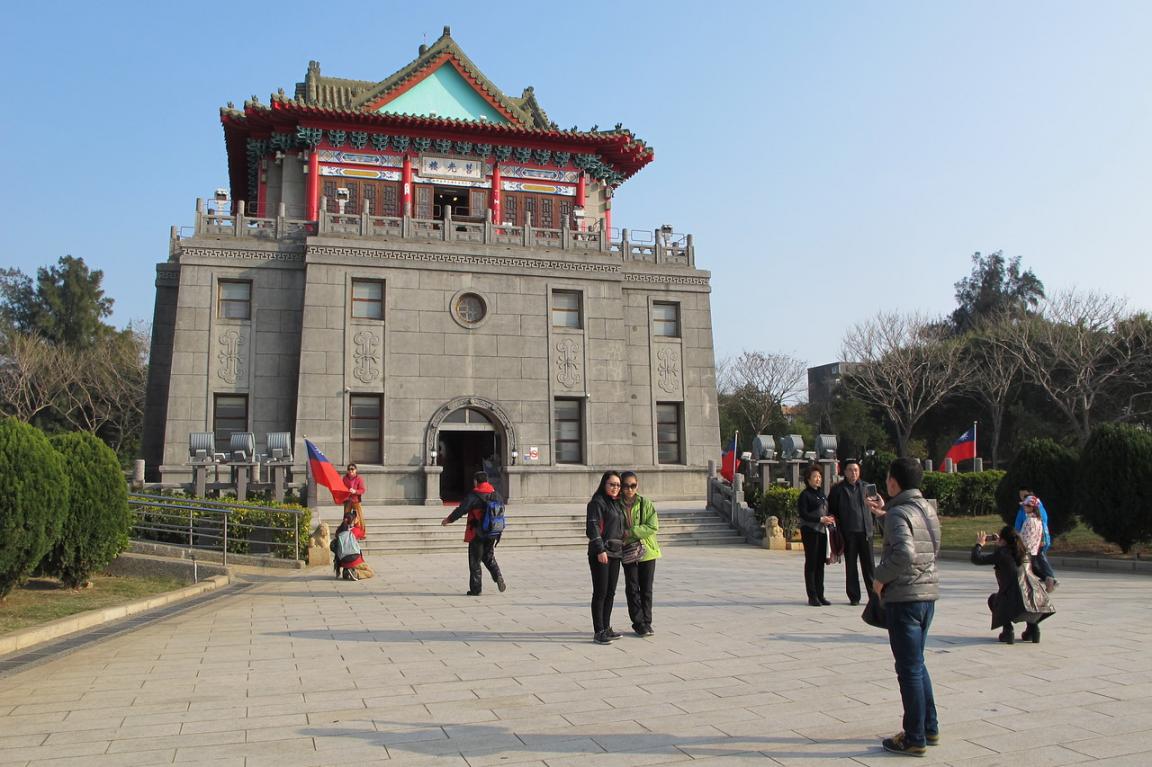Like other residents of this tiny Taiwanese archipelago, a 30-minute ferry ride from neighboring China, shopkeeper Chang Hung is trying to make the switch from fighting the mainland to wooing it.
The 62-year-old used to run an inn that served the large military garrison stationed here, when the island was the front line of efforts by Taiwan’s Nationalist government to keep Communist China’s forces at bay. Most of those troops are gone now, and Kinmen is being overrun by thousands of mainland Chinese—toting not rifles and ammunition but cameras and purses, according to the Washington Post.
Last year, more than 750,000 tourists descended on the islands, population 128,000—with travel from the mainland accounting for nearly a third, and growing at a double-digit pace.
Kinmen is where mainland tourist-packed TransAsia Airways Flight 235 was headed before it crashed shortly after takeoff from Taipei, killing at least 40 people.
“Mainland visitors haggle even over the cheapest of items,” grumbles Ms. Chang, who four years ago opened a cluttered stand in front of a military memorial-turned-tourist landmark, selling snacks and trinkets to visiting tour groups.
Riding Boom from China
Kinmen’s transformation from military outpost to travel hot spot underscores how Taiwan is increasingly riding a boom in business from China. The process started in 2001 when Taiwan began to open direct trade and transportation links between some outer islands and the closest mainland province of Fujian, separated from Kinmen by a sliver of water just two kilometers wide.
Four airlines fly in and out of Kinmen, including TransAsia. TransAsia operated two dozen flights a day between Kinmen and other Taiwanese destinations like Taipei and Kaohsiung before the crash—many catering to mainland visitors on cheap tours that start or end with ferry rides that link the island to Xiamen city in Fujian.
More than half of the 53 passengers aboard Flight 235 were from Fujian.
Kinmen officials say they don’t expect the tragedy to derail the boom in mainland travel to the islands, a Cold War-era bulwark that once hosted 100,000 troops in a tense and often deadly face-off against Communist forces on the mainland.
For decades, Nationalist troops on Kinmen, also known as Quemoy, withstood small incursions and regular shelling by mainland forces, including a massive six-week artillery barrage in 1958 that rained nearly 500,000 rounds on the island.
The demilitarization of the archipelago in the 1990s and warming relations with China prompted the island to court tourists instead, initially from Taiwan and more recently the mainland.
Local authorities oversaw a proliferation in duty-free stores to pull in brand-savvy consumers; simplified visa processes for mainland visitors; and expanded marketing efforts in Taiwan and China. They touted Kinmen’s main draws: offerings of military and cultural history, natural scenery, as well as cheap shopping.
Though roughly 70% of the tourists visiting Kinmen are still from Taiwan, the share of mainland Chinese has ballooned from the low single digits of the early 2000s. Last year, the island welcomed 220,000 mainland visitors, up 41% from the previous year.
Across Taiwan, China is now the biggest source of tourists, with nearly four million visitors last year.


